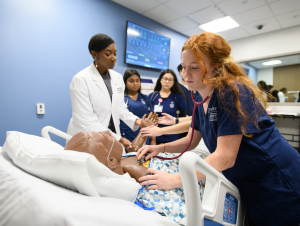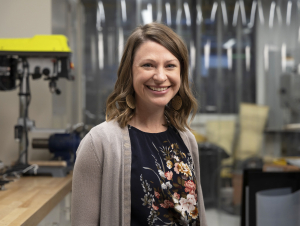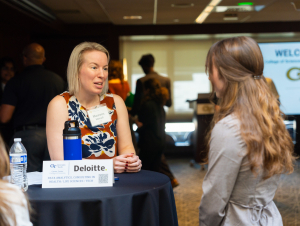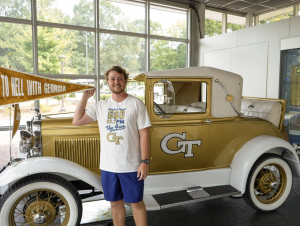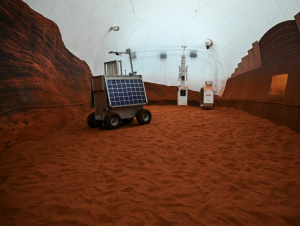To request a media interview, please reach out to experts using the faculty directories for each of our six schools, or contact Jess Hunt-Ralston, College of Sciences communications director. A list of faculty experts is also available to journalists upon request.
Latest News
Peatlands make up just 3% of the earth’s land surface but store more than 30% of the world’s soil carbon, preserving organic matter and sequestering its carbon for tens of thousands of years. A new study sounds the alarm that an extreme drought event could quadruple peatland carbon loss in a warming climate.
Georgia Tech and the Nell Hodgson Woodruff School of Nursing at Emory University are partnering to develop a pipeline that prepares more local nurses to meet workforce demands.
Growing up in rural southwest Georgia, Kinsey Herrin loved “making stuff.” She loved it so much that she regularly dug up muddy clay from her family’s property and the surrounding area to make ceramics. As a prosthetist/orthotist, she creates and tests devices that help patients improve or regain mobility — from prosthetic limbs to braces of all kinds. But Herrin’s role at the Institute is even more expansive. She’s at the epicenter of a research community where medical devices, studies, data, patients, clinicians, and students collide.
The Student-Employer Networking Expo (SENE) brought together nearly 200 science and math students with employers to build connections and explore career opportunities.
Josh Hembree is the first Ramblin’ Wreck driver to drive the car at his own wedding. He’s also the first transfer student driver in more than a decade.
Humanity’s drive to explore has taken us across the solar system, with astronaut boots, various landers and rovers’ wheels exploring the surfaces of several different planetary bodies. These environments are generally hostile to human and equipment health, so designing and executing these missions requires a lot of planning, testing and technological development.


